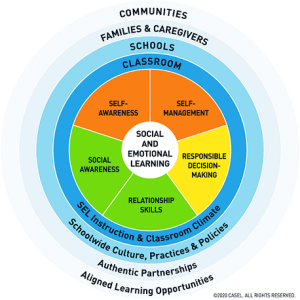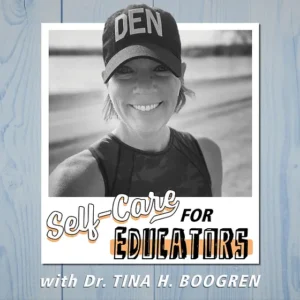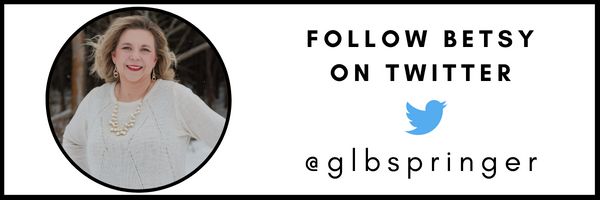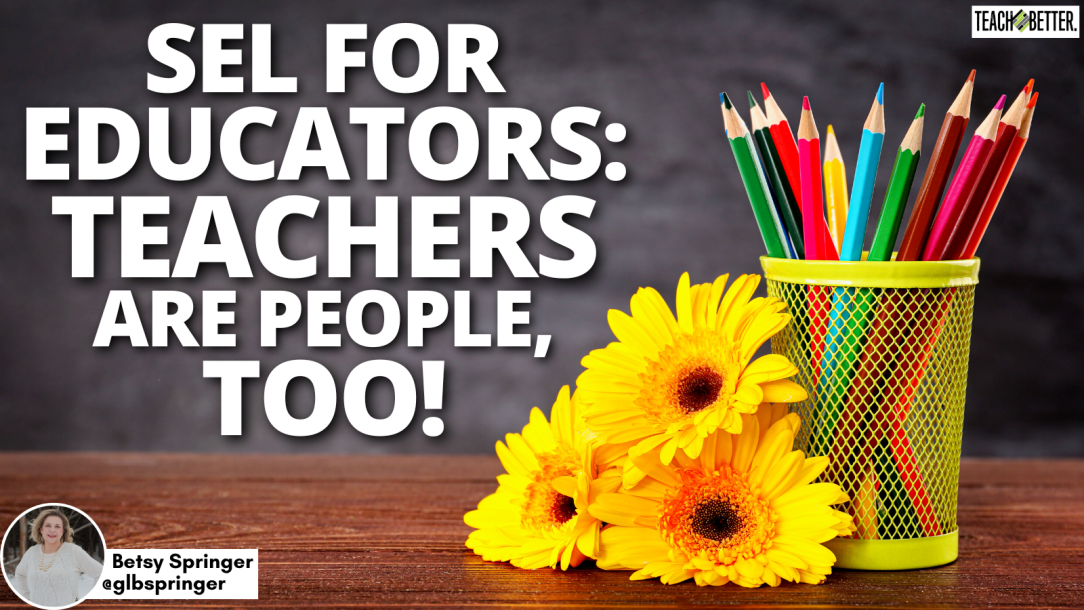TL;DR:
- Prioritizing social-emotional health in the classroom is crucial for teachers and students, with a focus on health over grades.
- Teachers should take care of their own well-being to effectively support their students, as they cannot give what they haven’t mastered themselves.
- Poor social-emotional health among teachers negatively affects student outcomes, emphasizing the need for schools to prioritize teacher well-being, leading to better staff retention and improved student outcomes.
SEL for Educators: Teachers are people, too.

In the practice of social-emotional health in the classroom, school leaders and teachers need to prioritize social-emotional health before learning. We have a saying at my school that a student is a person first, and our priority is always health over grades.
Teachers need to take care of their own social-emotional health before they can address that of their students. It is often said that you cannot pour from an empty cup, and you cannot give students skills that you have not been able to master and implement for yourself.
SEL, or social-emotional learning, is a hot-button topic in education today. One cannot throw a virtual stress ball without hitting an article on SEL for students. It is well established in research that students learn better when their social-emotional health is cared for.
A teacher’s social and emotional health at home will impact the classroom in the same way that the student’s home life impacts the classroom. Click To TweetSocial-emotional health relates closely to stress.
Stress is inevitable but a person’s reaction to the stress can have a significant impact not only on themselves but on the environment in which they live. Social-emotional health can be described as learning to take care of those things that we can control and learning to let go of those things that we cannot. We can sometimes control things like our sleep schedule and our eating habits but we may not be able to control whether or not we deal with a chronic illness or even live with a person with a chronic illness.
Achieving a healthy social-emotional state does not mean eliminating stress entirely. It entails developing a balanced perspective on stress and effectively managing it by aligning your priorities with your own unique stressors. Ignoring stress or adopting priorities based on someone else’s experience, especially when their stressors differ from yours, may not be beneficial for your well-being.
 CASEL has developed a framework and wheel which illustrates the domains of social-emotional health and shows how they impact one another.
CASEL has developed a framework and wheel which illustrates the domains of social-emotional health and shows how they impact one another.
A teacher’s social and emotional health at home will impact the classroom in the same way that the student’s home life impacts the classroom. And stress at school will impact that teacher at home.
Teachers are naturally caring people, and they rarely are able to leave all of the worry at school. They often carry papers to grade and the burdens of their students and their co-workers. This can lead to an unhealthy mental state. Teachers can learn ways to cope with that stress, compartmentalize it where appropriate, and deal with it in a healthy manner.
Not only is poor social-emotional health for a teacher bad for that teacher, but it also has a negative impact on students. Research shows that teachers who do not practice healthy social-emotional coping mechanisms have classrooms with poor student outcomes. This stems from the fact that maybe teachers cannot build relationships with the students because they do not have the emotional capacity to connect with that many people or it could be that their emotions spill over into the classroom and negatively impact those relationships.
Teachers who are not dealing with the stress both in the classroom and outside of it will see negative impacts on student outcomes in the classroom.
Making SEL a Priority
For this reason, schools should make teacher social-emotional health a priority, not only because it’s good for the staff but because it’s good for the students.
Improving the social-emotional health of the teachers will increase staff retention and increase student outcomes.
Research does show that teachers in a program that taught social-emotional coping skills saw improvements in student outcomes in their classrooms. These need not be complicated programs. There are plenty of examples of small things teachers can do such as establishing routines, taking time for mindfulness both with themselves and with their students, and prioritizing their own health to be able to function well in their classroom.
Teachers often feel pressure from the school to pour into their students to the point of burnout which creates a negative social-emotional environment that leads to poor student outcomes. This becomes a vicious cycle. Individual teachers can make their social-emotional health a priority but the biggest impacts occur when a school sees a person before a position and a human before a data point.
[scroll down to keep reading]There are many sources online for examples of small mindfulness exercises that teachers can use when they are feeling stressed or as a part of a normal routine to keep themselves in a healthy social-emotional state.
SEL Resources
 Wellness for Educators includes great short videos that can be done in an office, during a planning period, or at home to give teachers time for mental health.
Wellness for Educators includes great short videos that can be done in an office, during a planning period, or at home to give teachers time for mental health.
Waterford also gives several points and examples of mindfulness activities that can be done both individually and as a class.
“Because every person’s schedule and specific needs are different, practicing self-care can look different for everyone. A list of self-care activities for teachers could include the following ideas.”
- “Because teaching can be socially overwhelming, make sure to plan at least 10 or 20 minutes a day where you can take a break and decompress by yourself.”
- “Without a sense of compassion for yourself, you can’t practice positive self-care. If you struggle with low confidence levels, find ways to work on and improve your self-image.”
- “Bring a self-care “emergency pack” to school with things you enjoy so you can de-stress during your break if needed.”
- “Learning to recognize and process your emotions can lead to healthy self-care habits. Keep a journal and write in it to work through difficult teaching days when you feel overwhelmed.”
- “Social support is an important factor in self-care, so find a way to connect with loved ones at least once a day. This could be having dinner with your family, calling a friend, or relaxing with your significant other.”
See the full Waterford article here: Why Teacher Self-Care Matters and How to Practice Self-Care in Your School
 Self-Care for Educators: Dr. Tina H. Boogren has a great podcast, books, and social media network that reminds teachers to prioritize self-care.
Self-Care for Educators: Dr. Tina H. Boogren has a great podcast, books, and social media network that reminds teachers to prioritize self-care.
Teachers, take care of yourself first.
There is nothing else to add. The student data will improve, and you will perform better, but all of that is secondary.
Make yourself a priority because you matter.
About Betsy Springer
Betsy Springer is a teacher and instructional coach at Gull Lake Virtual Partnership, a school in the Gull Lake Community Schools district in southwest Michigan. She teaches ELA for grades 6-12 and provides instructional coaching for virtual teachers K-12.
With nearly 20 years of time in education, Betsy has a bachelors in secondary education and a master’s in education technology. She is pursuing a Ph.D. in education policy. Betsy’s passion is supporting and advancing disruptive and innovative education.
Betsy lives in northern Michigan with her high school sweetheart and four children, who are her best teachers.




